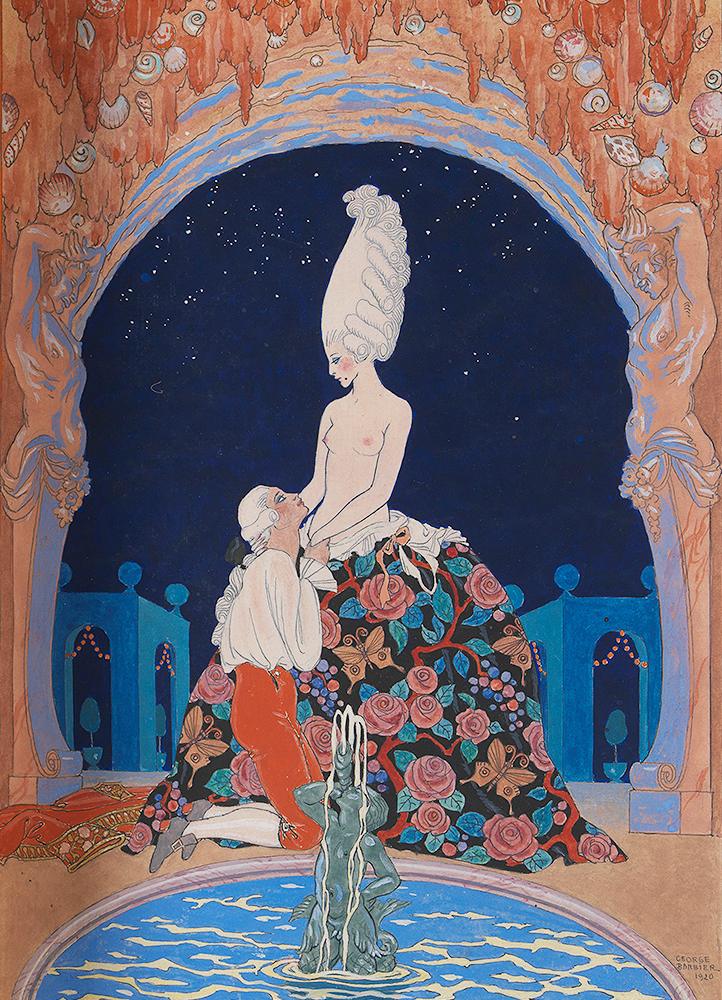Paul Verlaine, ‘accursed poet’
The poetic and musical value of the word takes on greater significance in Paul Verlaine’s work. The préciosité of his writing, which through his poetic dexterity allows him to evoke ideas or even feelings, places him on a privileged platform among his symbolist peers, Baudelaire, Rimbaud and Mallarmé.
While the poet’s restless nature contributed indelibly to his writing, his conversion to Catholicism, alcoholism, his tempestuous relationship with Rimbaud, hospital admissions and a period in prison also play a part in his tumultuous biography.


With the exception of the Poems under Saturn (1866), which are not part of the Calouste Gulbenkian Collection, we can identify in the group of works now on display in the Museum some of the key moments in Verlaine’s literary career. It is also worth noting that Calouste Gulbenkian’s intention in bringing these works together was not literary, but rather down to his appreciation of the rarity of the editions and the quality of the bindings and illustrations. This selection thus seeks to find a perfect balance between revealing Verlaine’s poetry and its graphic materialisation through illustration. The exception is the poem ‘Le ciel est, par-dessus…’ included in the first edition of Sagesse (1881) which, although not illustrated, summons up the musicality always present in Verlaine’s poetic work, which inspired Gabriel Fauré and Déodat de Séverac in their compositions.
